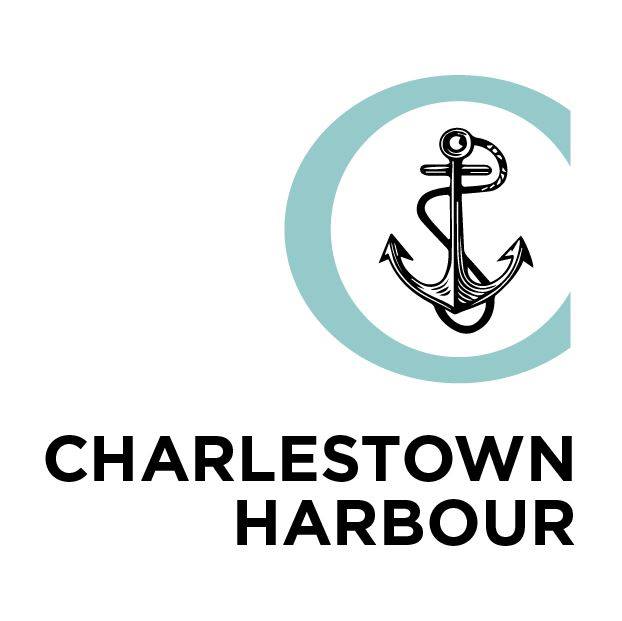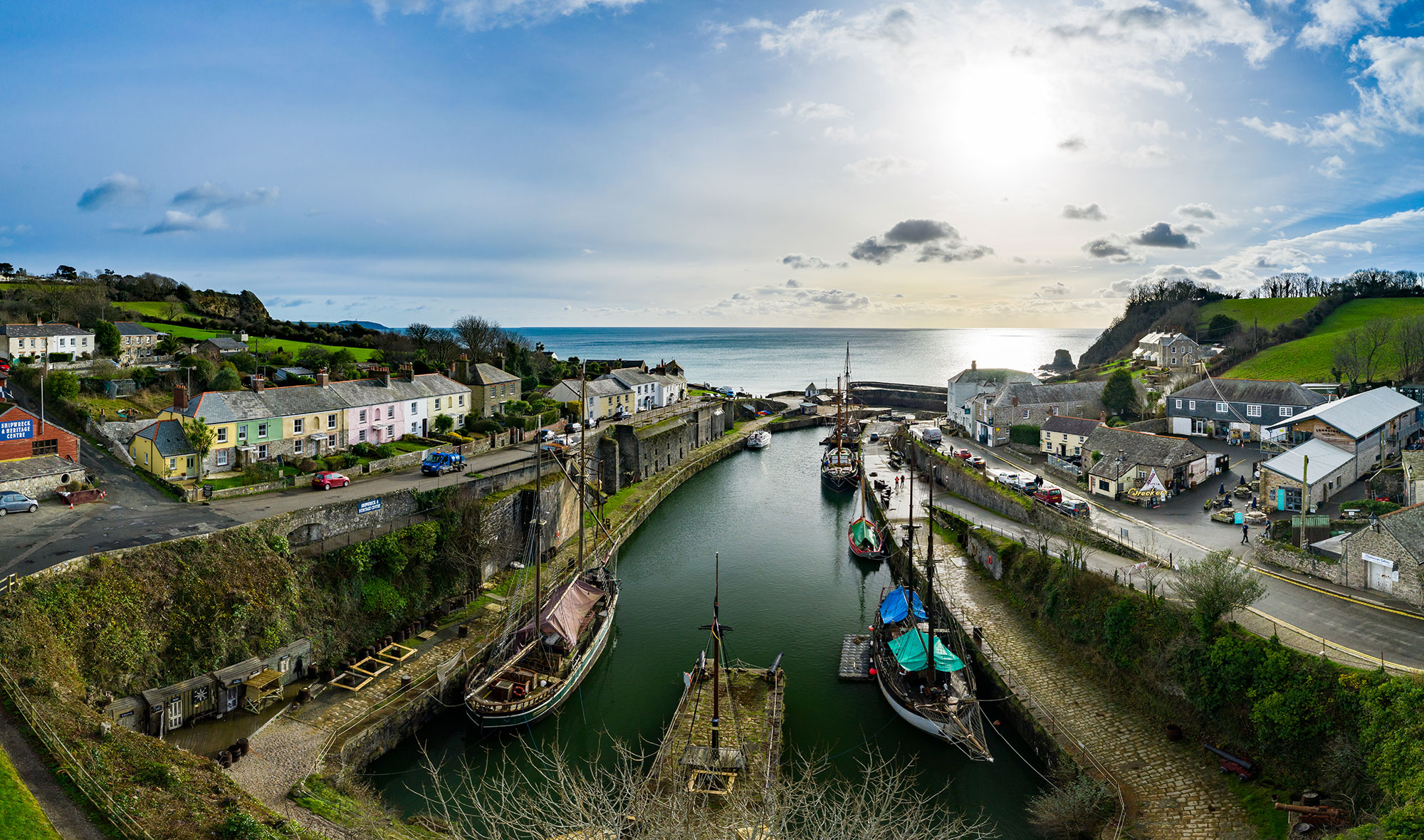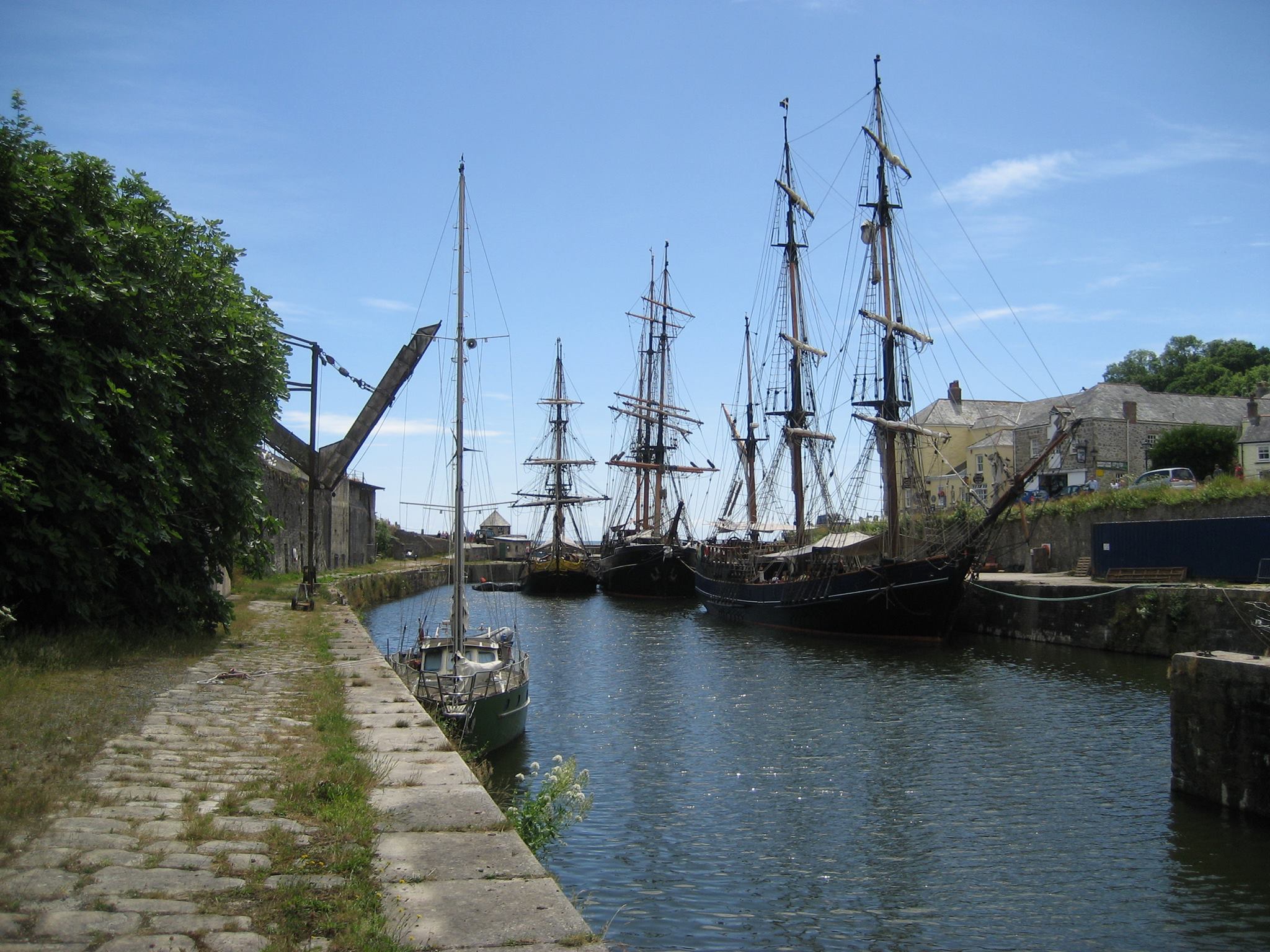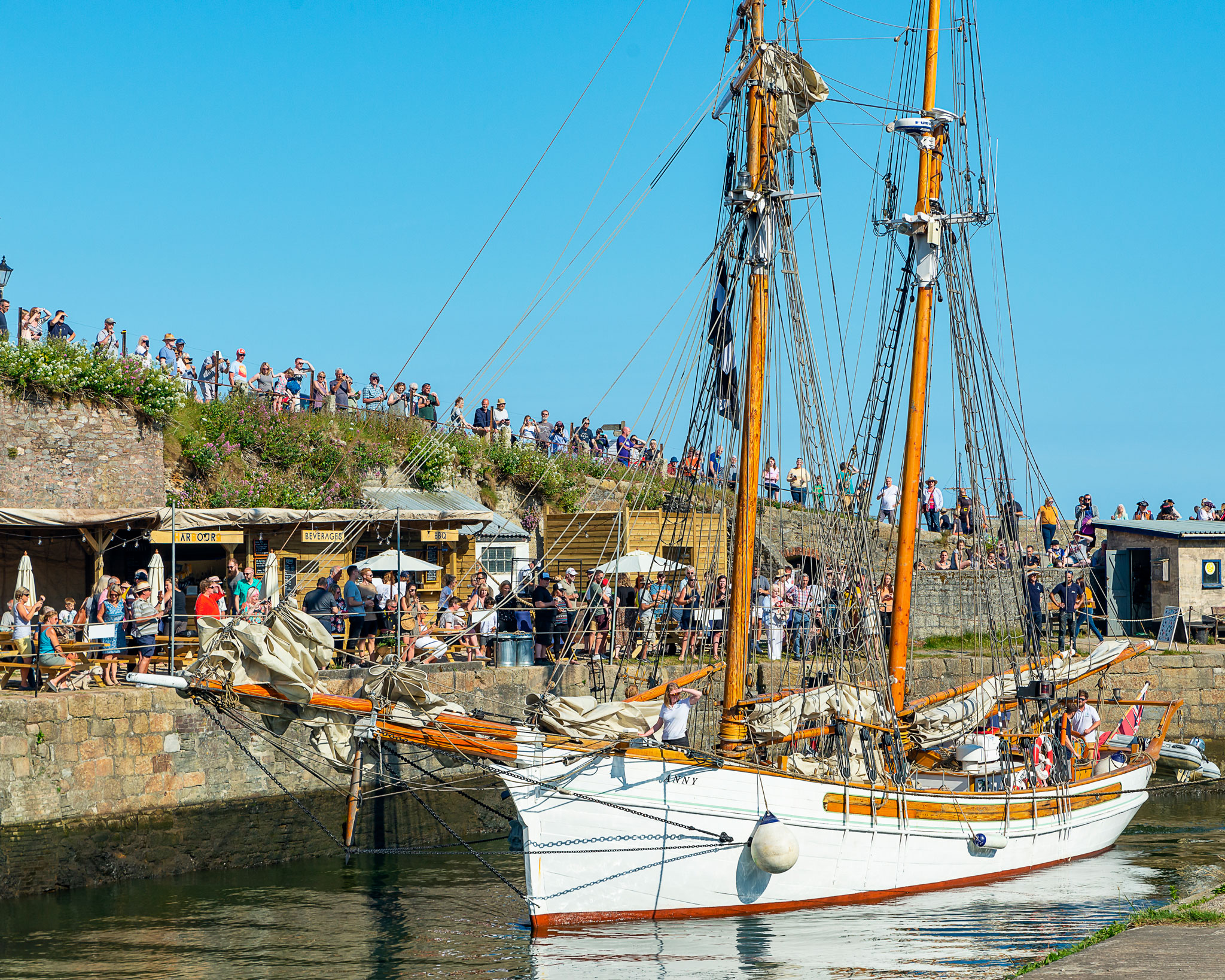
Background & History

Charlestown is the last open 18th Century Georgian Harbour in the UK and is proud to be a UNESCO World Heritage Site. The Harbour is also in discussion with the UK Heritage Harbour Initiative to become a recognised Heritage Harbour.
The Harbour (in St Austell) was built in the late 1700s, and named after local man Charles Rashleigh, who saw the opportunity in what was then West Porthmeur, to create a sheltered port to facilitate the transport of china clay. Charlestown is still a working port, although it’s moved on from heavy industry and in recent times has been a tourist destination and film location for productions such as Poldark, Taboo and BAIT.
The Harbour changed ownership in 2018 and with a new team in place is now focusing heavily on providing safe harbour and services to the UK historic fleet. Charlestown is in a unique position to offer services tailored to traditional sailing vessels, where ships don’t need to compete either with modern yachts or commercial fishing. Many of the Harbour team are themselves traditional sailors and understand the particular needs of these boats.
The aim for the next chapter in Charlestown’s life is to become a hub for traditional sailing, focusing on:
— Providing opportunities for heritage and maritime skills training, with a focus on getting young people into the industry;
— Helping historic vessels to be sustainable financially, and encouraging a cooperative approach;
— Supporting historic vessel charities;
— Engaging the public in the importance of these vessels, and in maritime history more generally;
— Getting as many people as possible out sailing on these boats!
Historic Vessels

Charlestown is home to a number of historic sailing vessels, many of which are on the National Register of Historic Vessels:
Anny of Charlestown: Built in Denmark in 1930 as a fishing vessel, she worked until the 70s. In 1972 she was converted into the topsail schooner she is today. Travelling all over the world, including Australia and the Caribbean, Anny was purchased by Charlestown Harbour in 2019 and was sailed back from Germany by the Harbour Team.
Lady Daphne: Built by the Short Brothers of Rochester, Kent in 1923, she is one of the very few wooden barges built after the First World War. Her cargoes included china clay, Portland stone, cement and grain. She held a reputation for speed, having once passed from the London Docks to Ipswich loaded with 190 tons in just 14 hours. Lady Daphne returned to the Harbour in 2022, having been there before in 1926.
Sea Lion: 1950s vessel, present at Charlestown Harbour since 2019.
Pen Glas: Originally launched in 1950 with masts and sails, she spent most of her shipping career as an engine driven trawler. Her new owner, the renowned Skipper and maritime artist Toni Knights, has begun a multi-year project to transform her back to her original sailing rig. Once the project is complete, Toni will be taking Pen Glas to sea once more, fishing under sail and running low-emission cargo from all over Europe.
Kajsamoor: Built in 1939 in Norway, and originally registered in the port of Tallin, she is a two-masted ketch. She is also classified as a Galleass-rigged square-topsail schooner, with the mizzen mast shorter than the main mast and stepped forward of the helm. The Kajsamoor arrived in Charlestown in 2017 and since that time has been used in many film productions, including Poldark, Taboo and Frontier.
Local & Public Impact

By keeping Charlestown working, rather than it becoming a sterile museum piece, the Harbour can continue to be the heart of a bustling local community, contributing to the Cornish economy and encouraging visitors. The aim is to spark and encourage interest in UK maritime heritage, and to give as many people as possible the opportunity to get out sailing on these vessels.
Vessel Impact
Charlestown provides safe harbour, affordable mooring and management, increased visibility and marketing and some fresh ideas. However, the biggest impact on vessels is being part of a community focused on traditional sailing and being able to help shape the development of the Harbour to ensure that the needs of their vessels are met.
Impact on Individuals
Charlestown is working towards creating a hub for all manner of traditional and sailing skills, with a view to helping young people get into the industry. The focus is on producing multi-talented and flexible crew, who can work aboard the smaller vessels which make up the biggest part of our UK heritage fleet. Galley and engineering proficiency are just as important in a small crew as the more traditional deck skills. The Harbour will be running various volunteer programmes in the future, as well as more focused training courses. In the short term the team they are already assisting several of their resident vessels in creating and managing Trainee positions on board.
LATEST NEWS
April 2025 Charlestown Harbour reopens as lockgate regeneration project nears completion Full story
Find out more:
Follow them on social media:


